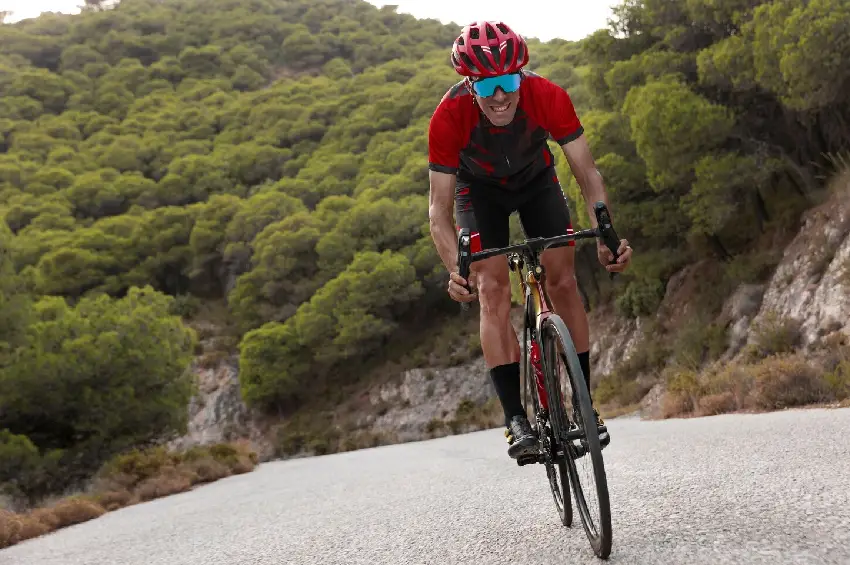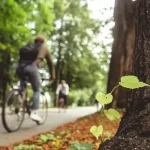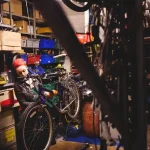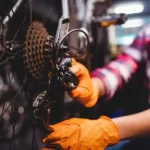In a world when sustainability and cost conscious living, are becoming increasingly important purchasing a used bike is a wise decision. Whether you’re looking for a commuter, road racer, mountain bike or even an e-bike, the used market has plenty of possibilities, typically for a fraction of the cost of a new model. But obtaining a truly good deal, entails more than simply recognising a reduced price. Knowing what to look for from condition checks to market value research might help you avoid disappointment in the future.
- Know What You Need
Before going into listings or visiting secondhand stores choose what type of bike best suits your lifestyle. Do you need a bike for city commuting, weekend trail riding, long distance road trips, or all of the above? Understanding your needs allows you to cut down your alternatives, and avoid splurging on unneeded features. You should also consider size as riding a bike that does not fit properly might cause discomfort or injury, regardless of how fantastic the price is.
- Research Current Market Prices
Knowing the average selling price, for the model you want to buy is one of the best ways to find a decent deal. Check multiple platforms such as Facebook Marketplace, Gumtree, BikeExchange or even local forums, to get a feel for standard pricing. Keep in mind that the price of the bike will vary depending on its age, condition, brand, and level of components. When trading bicycles in Australia, always evaluate at least three to five listings of similar bikes before making an offer.
- Inspect the Frame Carefully
The frame, is the heart of any bicycle. A damaged, warped or rusty frame is a red flag regardless of how low the price. Alloy frames may show signs of stress around welds, while carbon fibre frames should be inspected for chips, deep scratches or soft spots. Run your fingers over joints and inspect paint damage closely, sometimes a new paint job is covering up repairs. If you’re unsure, take the bike to a local shop for a quick opinion before handing over your money.
- Check Components for Wear and Tear
Beyond the frame, look at the bike’s components; chain, cassette, and chainrings. Excessively worn teeth or a stretched chain can be costly to replace. Spin the wheels and check if they wobble or rub against the brakes. Inspect the tyres for cracks and bald areas. Ensure that the brakes and gears shift smoothly. Any flaws listed below aren’t necessarily deal breakers, but they should be considered while making your offer. A good deal should account for any parts that need replacing soon.
- Ask About the Bike’s History
Just like buying a used car, it pays to ask about a bike’s backstory. How often was it ridden? Was it stored indoors or outdoors? Has it had any crashes or repairs? Is the vendor the original owner, and do they have a proof of purchase? A well maintained and regularly serviced bike is more likely to be in good shape. When it comes to bicycle trade in Australia, transparency is typically a good indicator of a reputable vendor.
- Factor in the Cost of Repairs or Upgrades
A cheap used bike might seem like a bargain until you realise it needs $300 in repairs. Before committing, make a realistic estimate of what it would cost to bring the bike up to a safe and comfortable standard. This might include replacing tyres, brake pads, cables, or even a saddle. Include that cost in the asking price, and compare it to the cost of similar bikes in better condition. If the total still comes in lower you’ve probably discovered a good offer.
Wrapping up
Finding the ideal used bike requires knowing what to look for, staying current with market trends, and thoroughly inspecting each bike. Equip yourself with the necessary information, take your time, and don’t be afraid to walk away if something feels wrong. Finally, a fantastic offer is one that meets your needs, falls within your budget, and ensures you ride safely, and comfortably. Enjoy the ride!







